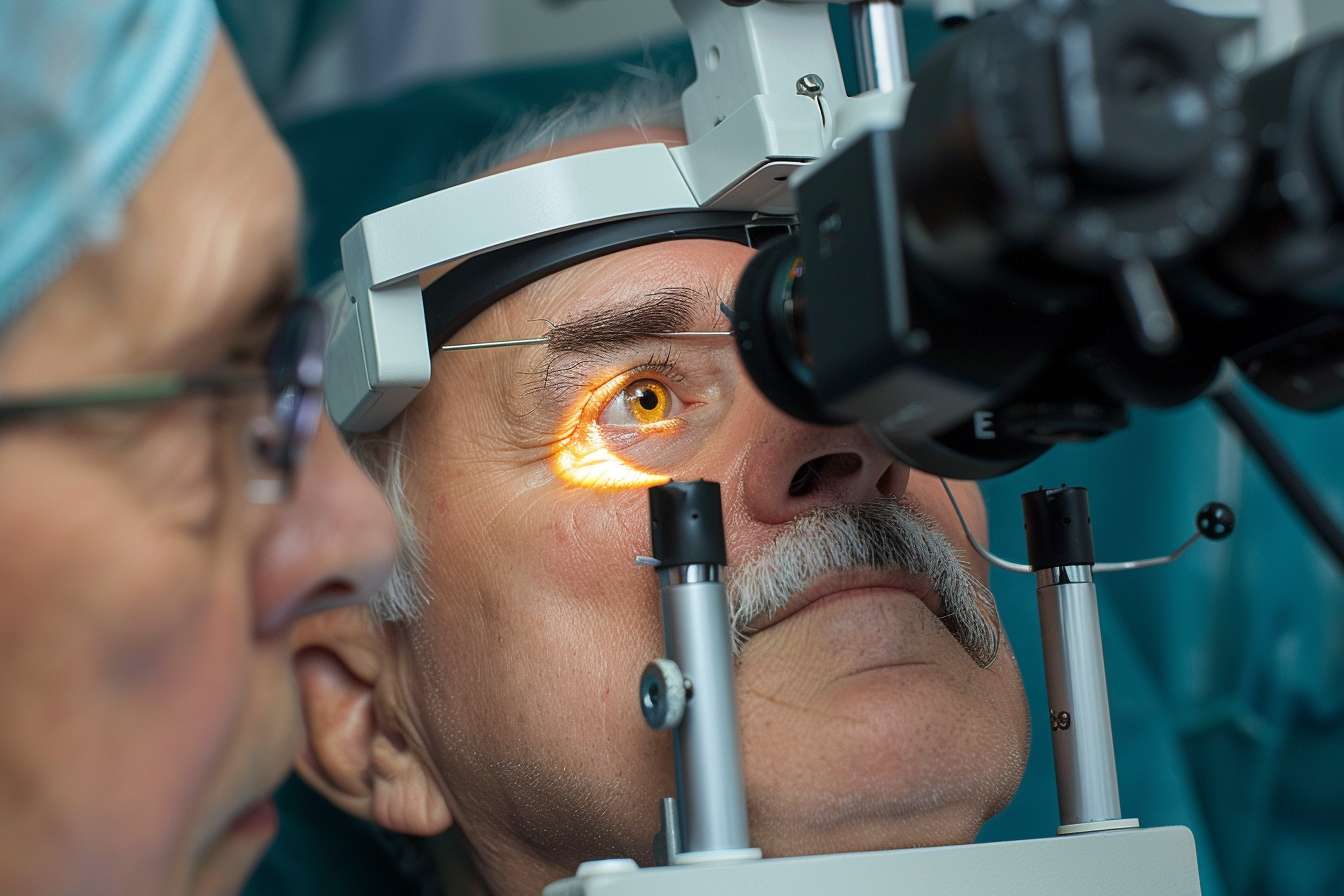Understanding LASIK Eye Surgery: A Complete Guide to Laser Vision Correction
LASIK eye surgery has revolutionized vision correction, offering millions of people freedom from glasses and contact lenses. This advanced laser procedure reshapes the cornea to improve vision, typically taking only 15-30 minutes per eye while delivering long-lasting results. Understanding the procedure, its benefits, and potential considerations is crucial for anyone considering this life-changing treatment.

How Does LASIK Eye Surgery Work?
LASIK (Laser-Assisted In Situ Keratomileusis) uses precise laser technology to reshape the cornea, correcting refractive errors like nearsightedness, farsightedness, and astigmatism. The surgeon creates a thin flap in the cornea’s surface, then uses an excimer laser to remove microscopic amounts of tissue, effectively restructuring the cornea to improve focus. This outpatient procedure is performed under local anesthetic eye drops.
Who Is a Good Candidate for Laser Eye Surgery?
Ideal candidates for LASIK are typically 21 years or older with stable vision prescriptions for at least one year. They should have healthy eyes without conditions like severe dry eye, keratoconus, or glaucoma. Good candidates also have realistic expectations about the procedure’s outcomes and understand that while LASIK can significantly reduce dependency on glasses or contact lenses, it may not guarantee perfect vision.
What Are the Benefits Compared to Glasses and Contact Lenses?
LASIK offers numerous advantages over traditional vision correction methods. Unlike glasses and contact lenses, it provides a permanent solution to vision problems. Patients enjoy improved natural vision without the daily hassle of maintaining contacts or dealing with foggy, scratched, or broken glasses. Sports enthusiasts and active individuals particularly benefit from the freedom LASIK provides.
Understanding Recovery and Potential Risks
Most patients experience improved vision within 24 hours after surgery, with complete recovery taking a few days to several weeks. Common temporary side effects include mild discomfort, light sensitivity, and dry eyes. While LASIK has a high success rate, potential risks include under or over-correction, dry eye syndrome, and rare complications like infection. Following post-operative care instructions carefully helps minimize these risks.
What Does LASIK Eye Surgery Cost?
| Provider Type | Average Cost Per Eye | What’s Included |
|---|---|---|
| Private Clinics | $1,500 - $2,500 | Basic procedure, follow-up care |
| Premium Centers | $2,500 - $4,000 | Advanced technology, lifetime guarantees |
| Teaching Hospitals | $1,000 - $2,000 | Basic procedure, teaching environment |
Prices, rates, or cost estimates mentioned in this article are based on the latest available information but may change over time. Independent research is advised before making financial decisions.
Planning Your LASIK Surgery Journey
Successful LASIK outcomes begin with choosing a qualified surgeon and understanding the procedure thoroughly. Schedule comprehensive eye exams to determine eligibility, discuss expectations with your doctor, and prepare for the recovery period. Many clinics offer financing options to make the procedure more accessible, and some insurance plans may provide partial coverage.
This article is for informational purposes only and should not be considered medical advice. Please consult a qualified healthcare professional for personalized guidance and treatment.






